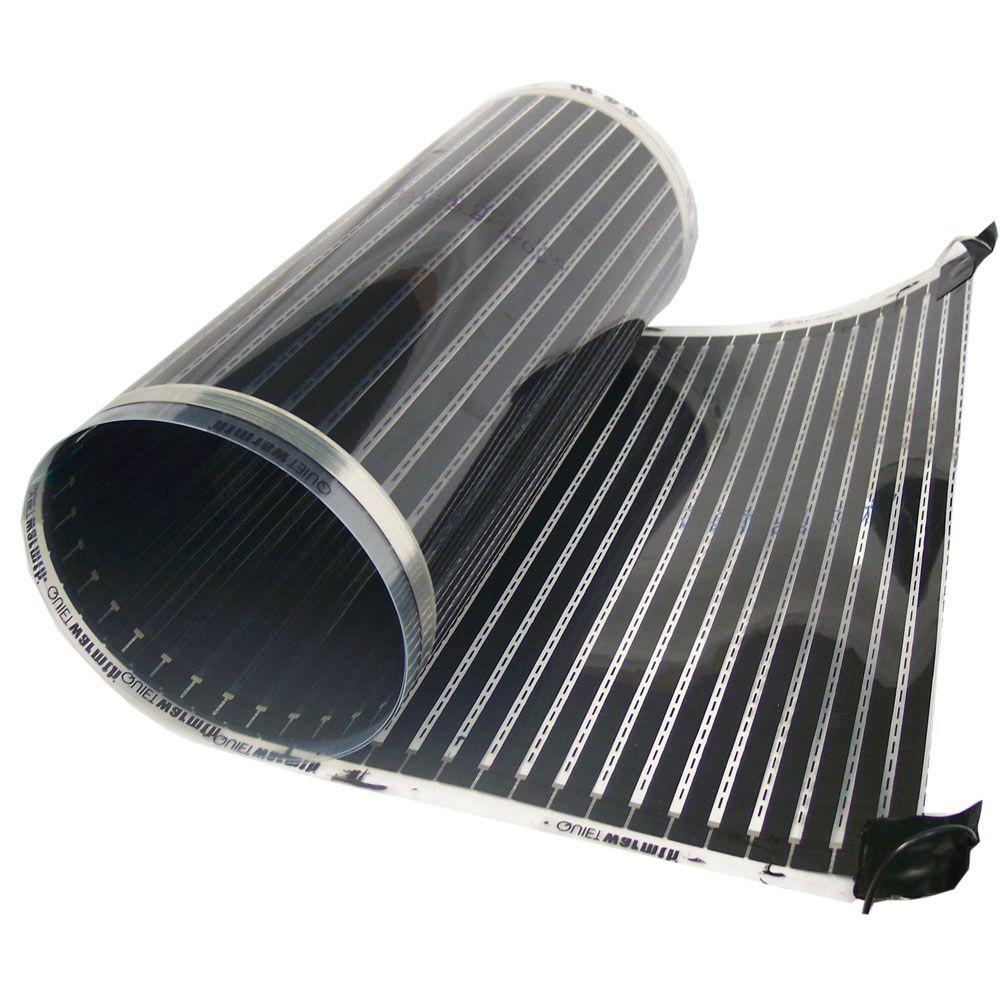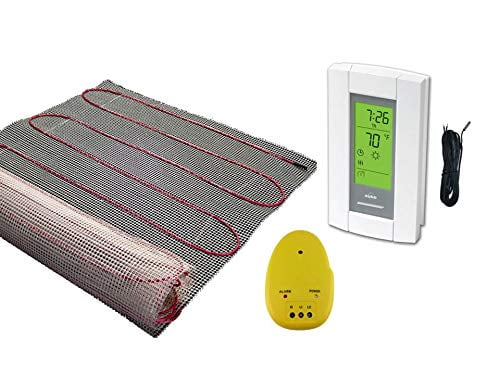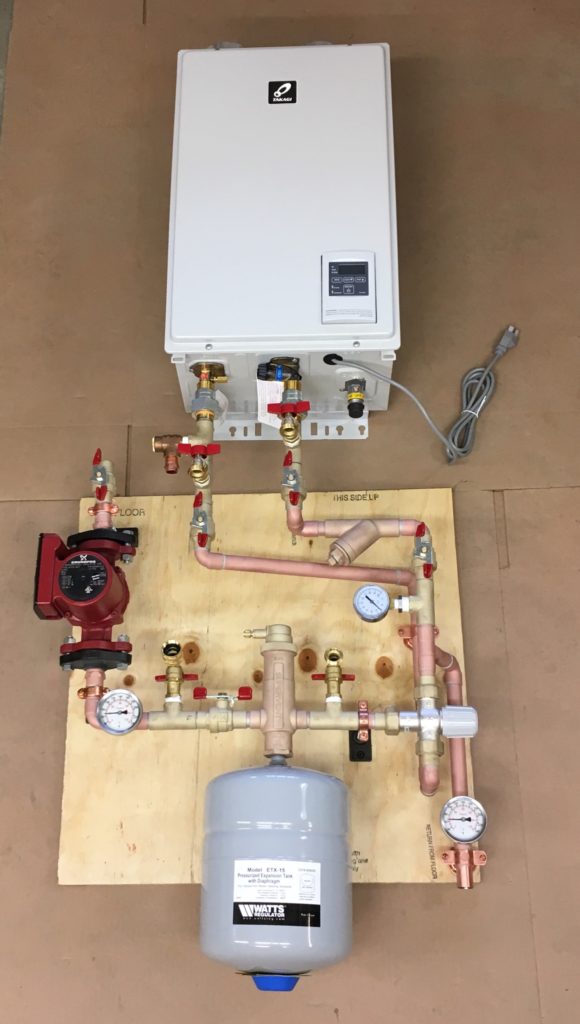

The cost of a smart thermostat is around $350 on average. This setup also requires a smart thermostat or programmable thermostat to maintain the temperatures of each zone. Temperature zones allow you to set the desired temperature of the water to heat a specific room or area, such as a primary bedroom and guest bathroom.Īdding a temperature control system may increase the project's total cost by $1,000 to $15,000, depending on the number of zones desired.
#RADIANT FLOOR HEATER SYSTEM INSTALL#
If you want to install radiant floor heating throughout the home-or in several rooms-you may consider incorporating temperature zones. The general rule of thumb is: The more square footage you decide to heat, the less you’ll pay per square foot. home) you should expect to pay anywhere from $13,800 to $46,000. To heat a 2,300 square foot home (the average size of a U.S. Radiant floor heating costs anywhere from $6 to $20 per square foot. Depending on where you live, your preferred energy source, and your budget, you’ll need to choose between the five current systems (more on this below):

There are several different types of radiant floor heating systems on the market. Resource CenterĪs with any contractor job, quite a few factors impact the final cost of installing radiant floor heating, including project complexity, whether you opt for temperature zones, and your current water heater setup. In addition, many traditional heaters over-dry room air, triggering allergies and respiratory problems in occupants.Find hiring guides, material costs, expert advice, how-to's and more. In this way, the environment is fully heated, avoiding heat waste and the formation of “heat islands” or cold spaces in the environment, as is often the case with traditional radiators. There, the law of thermodynamics shows that warm, lighter air flows upward, and cold air travels downward. By means of hot water or electrical resistance, the floor material is heated by contact, radiating to the air of the interior environment. The systems are incorporated into the floor during construction or renovation, remaining hidden and often inaccessible because they have been concreted to the structure. There are two main ways to assemble the system: through electrical resistances or thin hoses with a fluid running through them. Radiant floor heating works through air conduction, radiation, and convection.

Save this picture! Carole Raddato from FRANKFURT, Germany, CC BY-SA 2.0, via Wikimedia Commons

How do radiant floor heating systems currently work? It even caught the attention of Frank Lloyd Wright, as pointed out in this article, who adapted the system to use it in heating homes in the United States and in his important Imperial Hotel in Tokyo. The system also manipulated the flow of smoke from agungi (rudimentary wood stoves), rather than trying to use fire as a direct heat source like most heating systems. It is estimated that it was developed during the Three Kingdoms of Korea (57 BC-668 AD), but researchers point out that the solution was used long before that. With a similar function, but in the East, there existed the ondol. Hypocausts heated, through the floor, some of the most opulent buildings of the Roman Empire (including some residences) and, above all, the famous Public Baths. The hypocaust is a raised floor system on ceramic piles where, at one end, a furnace-where firewood is burned uninterruptedly-provides heat to the underground space, which rises through walls constructed of perforated bricks. The word, from the Latin hypocaustum, in a literal translation, means access from below. Caius Sergius Orata is credited, by Vitruvius, with inventing the hypocaust.


 0 kommentar(er)
0 kommentar(er)
